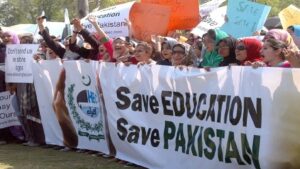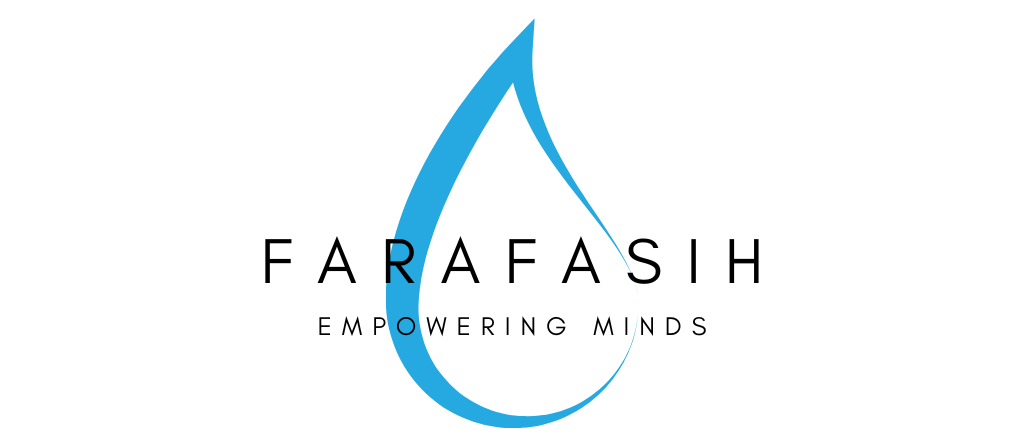Challenges Facing School Education in Pakistan

Introduction
Pakistan’s school education system is at a critical juncture, grappling with systemic challenges that undermine its potential to drive social and economic progress. Despite constitutional guarantees like Article 25-A, which mandates free education for children aged 5–16, over 22.8 million children remain out of school. Gender disparities, outdated curricula, and chronic underfunding perpetuate cycles of inequality. This article examines three core challenges and underscores the urgent need for reforms to transform Pakistan’s educational landscape.
Access and Enrollment: A Crisis of Equity
Pakistan’s education system faces a profound equity crisis, with 22.8 million children aged 5–16 out of school, the second-highest number globally . This crisis is marked by stark disparities in access, particularly for girls, rural populations, and low-income families.Gender inequality remains pervasive nationwide, with girls constituting 53% of the out-of-school population, as patriarchal attitudes and early marriages prioritize boys’ education . Rural areas bear the brunt of these inequities, accounting for 74% of out-of-school children, where inadequate infrastructure—such as schools lacking boundary walls, clean water, and electricity—forces students to travel long distances, disproportionately affecting girls’ enrollment.
The rural-urban divide further exacerbates access challenges. Urban literacy rates (74%) far exceed rural rates (53%), reflecting systemic neglect of rural infrastructure and resources . Even in cities like Karachi, 1.8 million children remain out of school, highlighting the scale of the issue in urban centers . Poverty intensifies exclusion: girls from low-income households are 52% less likely to attend school than wealthier peers, while economic pressures push children into labor instead of classrooms . Cultural norms, such as prioritizing domestic roles for girls and safety concerns, compound these barriers, particularly in conservative regions like Khyber Pakhtunkhwa .
Despite constitutional guarantees like Article 25-A, which mandates free and compulsory education, systemic underfunding (only 2.5% of GDP allocated to education) and political instability hinder progress . Corruption and mismanagement divert resources, with “ghost schools” and nepotistic teacher appointments further undermining access . Natural disasters, such as the 2022 floods that damaged 24,000 schools, have worsened the crisis, displacing millions of students and deepening inequities.
